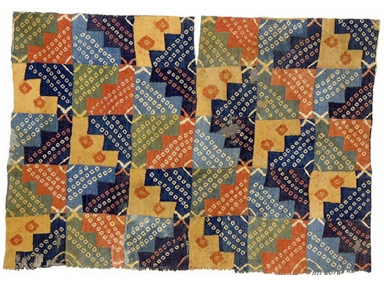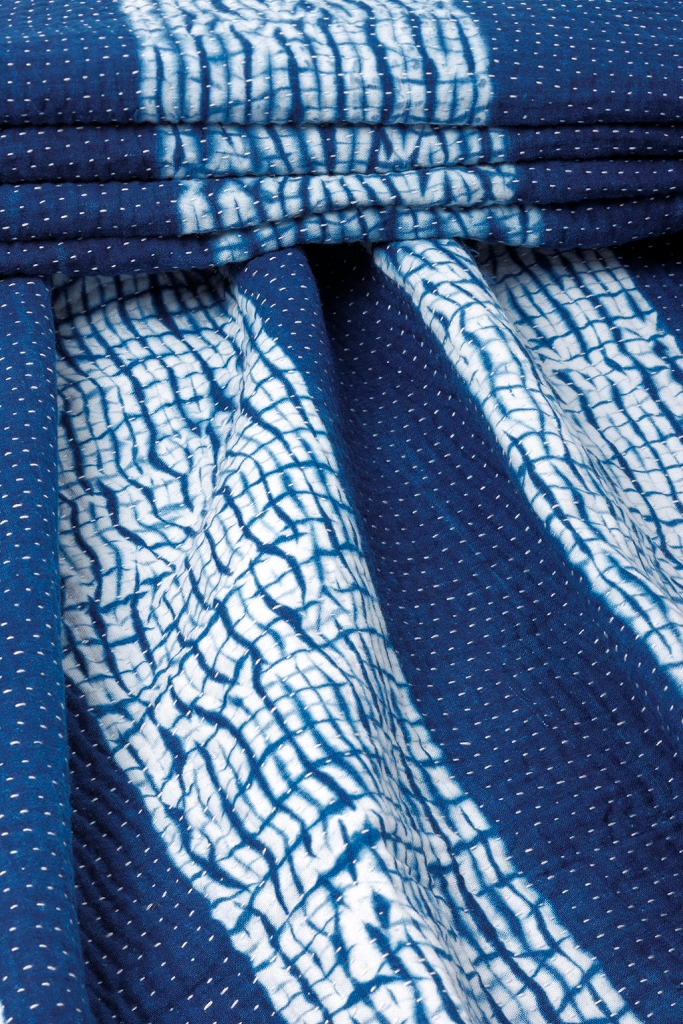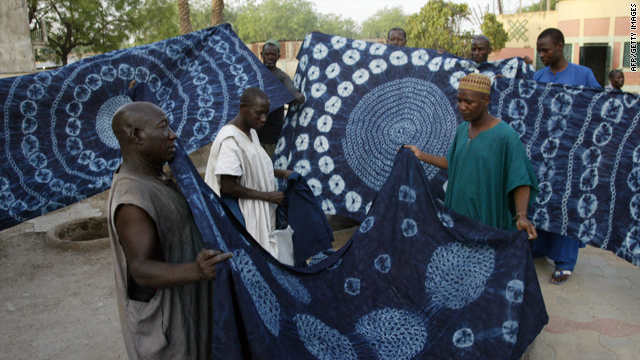Tie-dye is actually a modern name for an ancient dyeing technique called resist-dyeing.
Resist dyeing is achieved when fabric is manipulated by folding, twisting, pleating or tying to prevent the dye from penetrating the fabric in strategic places to create patterns and designs. You see, the folds resist the dye.
Resist dyeing techniques have been used for at least 5000 years and can be found across many cultures from around the entire world.



Pre-Columbian Peruvians dyed intricate circle and line patterns in bold colors as early as 2000 BC.

The art of Shibori has been practiced in Japan and Indonesia since the 6th century.

Western African cultures have produced elaborate tie-dyed and embroidered patterns for centuries, such as the famed indigo dye pits of Nigeria.

Inspired in part by Western African fashion and textile arts, tie-dye grew in popularity amongst the Hippie culture of the 1960s. Psychedelic brightly colored tie-dye patterns could be found everywhere from t-shirts to wall
hangings to album covers.
hangings to album covers.
Fortunately the fascination with this ancient resist dyeing technique has endured into the 21st century.
No comments:
Post a Comment